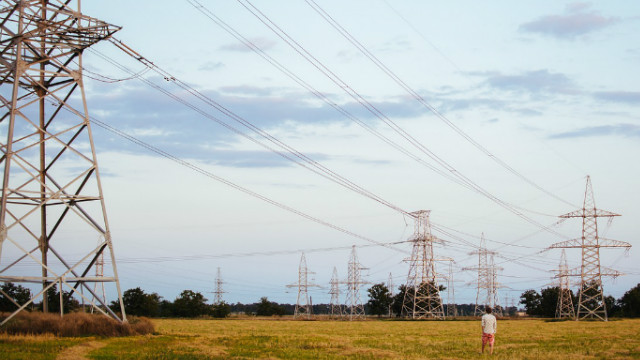Energy stocks have generally been hurt by an over supply of oil. You might say there is a glut of oil, in part due to the advent of fracking. Crude oil is at a multi-year low. Alternative sources such as wind energy are also grabbing a bigger piece of the energy pie.
Another energy sector is electricity production. Canadian companies are major electricity players; Canada is listed as the 6th largest producer of electricity, most of which is by hydropower conversion.
By revenue, Canadian electricity exports are below crude oil & petroleum, but above natural gas. According to the National Energy Board, historical electricity trade volumes have been rising pretty steadily since 2007. Electricity transmission in Canada and the US tend to happen by longitudes rather than latitudes, which helps to explain why several Canadian companies supply the US with electricity.
Two electricity transmission companies worth considering are Fortis Inc (TSX:FTS)(NYSE:FTS) and Emera Inc (TSX:EMA). Fortis is made up of 10 companies that are mostly in western portions of North America, with one operation in the Cayman Islands. Emera also has 10 companies that tend to operate in the eastern segments of North America, as well as select Caribbean nations.
More on Fortis
Fortis has quietly had quite a nice run in 2017. The stock is up 7% year to date, which is saying something considering the TSX is down for the same period. The company got a stock bounce on higher earnings before interest, tax, depreciation, and amortization (EBIDTA) to close out 2016. Fortis turned things around with a 33% increase in EBITDA after four successive quarters of decreases. The current enterprise value to EBITDA (EV/EBITDA) is 17.5, which puts it quite a bit higher than the 5-year average of 11. The stock has had a good run and a value investor would be wise to hold off on Fortis until it settles back down.
More on Emera
Emera pays a higher dividend yield compared to Fortis: 4.37% compared to 3.49%. The most recent quarter saw earnings per share drop compared to Q2 in 2016. So the company is now at earnings levels that are below its five-year average.
Head-to-head comparisons
- Debt-to-equity is pretty stable around 1.6 for Fortis, whereas debt levels have climbed recently for Emera.
- Fortis has a lower dividend but more room for increases given that Emera has a payout ratio that has crept up above 100% in the last quarter.
- Both companies have a history of generating return on equity (ROE) that exceeds 12%. Analysts view ROE in the mid to high teens as solid performance. It is somewhat worrying that both companies have drops in ROE for recent quarters. Fortis tends to hover more consistently around the 12% level.
- The cyclically adjusted price-to-earnings ratio, also known as the Shiller PE ratio, is actually quite comparable between companies, in the 24 to 25 range: you have to pay up for utility stocks in general.
- Operating cash flow for Emera is up dramatically, whereas the opposite is the case for Fortis; the higher expenses is largely due to the acquisition of a midwest USA electricity transmission company called ITC late in 2016. This move gives Fortis additional footing in the market.
- Fortis and Emera have a decent amount of debt and passable corporate ratings of Baa3 from Moody’s Investors Service.
Foolish Bottom Line
You wouldn’t want to bet the farm on either of these companies, but they both appear to have staying power because they are established entities in a sector where the barriers to entry are sizeable.









